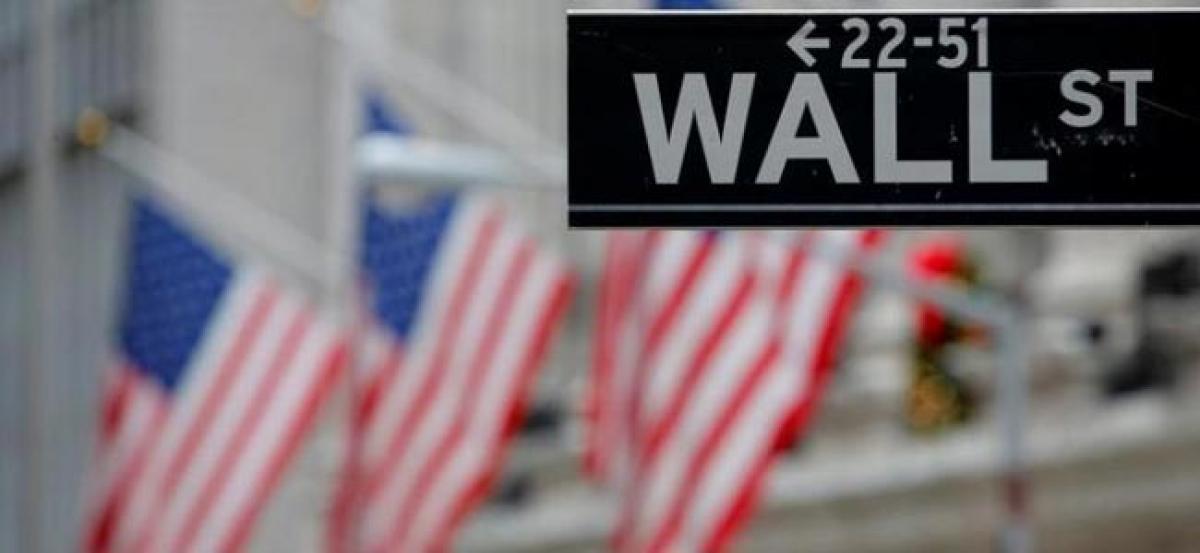Wall Sreet Weekahead - Hot earnings to keep fire under growth-stock rally

Don\'t look for the outperformance of growth stocks to fade any time soon, as long as corporate earnings continue to improve and hopes remain for stronger economic growth.
NEW YORK: Don't look for the outperformance of growth stocks to fade any time soon, as long as corporate earnings continue to improve and hopes remain for stronger economic growth.
The Russell 1000 Growth index, which tracks such shares, is up 10.9 percent so far this year, outpacing the U.S. benchmark S&P 500 stock index's 6.6 percent rise and the 2.8 percent advance of the Russell 1000 Value index.
And it's not just a U.S. phenomenon. Growth stocks - whose profits are expected to grow at a faster pace than the broader market - are also outperforming their value counterparts in Asia and Europe. Still, the appeal of riskier stocks perceived as better positioned to ride an accelerating global earnings tailwind, as opposed to those with a greater cushion of safety, is nowhere as far ahead as it is on Wall Street.
In the United States, an improving outlook for corporate earnings should help keep growth names in vogue, according to John Praveen, chief investment strategist at Prudential International Investments Advisers LLC in Newark, New Jersey.
The average estimate of analysts for earnings per share growth this year of S&P 500 companies has risen to 11.3 percent from 10.9 percent at the start of the month, according to Thomson Reuters data, a trend that should continue to blunt concerns about lofty growth valuations.
"When you have an earnings recovery, growth stocks will outperform. When you don't have good earnings, that's when people are looking for value," said Praveen.
Hopes for pro-business U.S. policy changes under the administration of President Donald Trump will likely also keep expectations for economic growth elevated, helping to maintain the case for growth stocks.
"The value stocks have done okay but growth has done so much better in the anticipation we'll see a pickup in economic growth," said Paul Nolte, portfolio manager at Kingsview Asset Management in Chicago. "Companies that are going to be more levered to economic growth tend to be growth stocks."
"Right now I don't see a long term condition for value stocks to outperform growth," said Nolte.
To be sure, some strategists are less convinced that growth stock outperformance will continue indefinitely.
While value stocks, which are cheaper relative to their earnings potential, have tended to do better in slower growth environments historically, JP Morgan Asset Management's global market strategist David Lebovitz says that trend has been changing.
"It’s not going to be smooth sailing for one or the other. We think there'll be times people are more optimistic about the economy and in those cases, value can rally. Then you'll see periods where people are less optimistic about the economy, as we've seen over the course of the first quarter," he said.
If economic trends look better in the second quarter, value stocks will do better, Lebovitz said.
In Asia, the MSCI AC Asia ex Japan growth index, is up 18.5 percent so far this year, compared with a 12.6 percent gain for the comparable MSCI value index.
Investment in India, traditionally a growth-driven market, has adjusted in recent years as value stocks have narrowed the gap with growth, which still lead, said Jayesh Shroff, co-founder of investment advisory Cask Capital in Mumbai.
"That is because people were paying a premium for growth and somehow the growth did not materialize. That's why value came back and growth has taken a slight back seat," said Shroff. Still, he said as soon as growth returns, he expects investors to switch their focus back from value.
In China, between 2009 and the 2015 stock market crash, small-cap growth stocks were the market’s darlings, but "a new rotation into value blue-chip investments started in 2016,” according to Zhou Liang, fund manager at Shanghai Minority Asset Management Co.
“In 2017, money will flow into blue-chips, as small-caps weaken and lose their luster,” said Zhou.
In Europe, the best outlook for corporate profits in seven years has ignited investor appetite for growth stocks, which are now up twice as much as their value counterparts so far this year, a reversal of the trend seen last year.
As a result the MSCI International Europe growth Index has jumped 8.9 percent this year so far, compared with a 4.5 percent gain for the MSCI International Europe Value index.
With such a big gap between U.S. growth and value stocks, some investors are eying overseas investments.
"The entire U.S. market is very expensive. Value investors definitely don't like to chase expensive valuations," said Michael O’Rourke, chief market strategist at JonesTrading in Greenwich, Connecticut. "I wouldn't expect to see a rotation until you saw a correction where both stock types are lower."




















